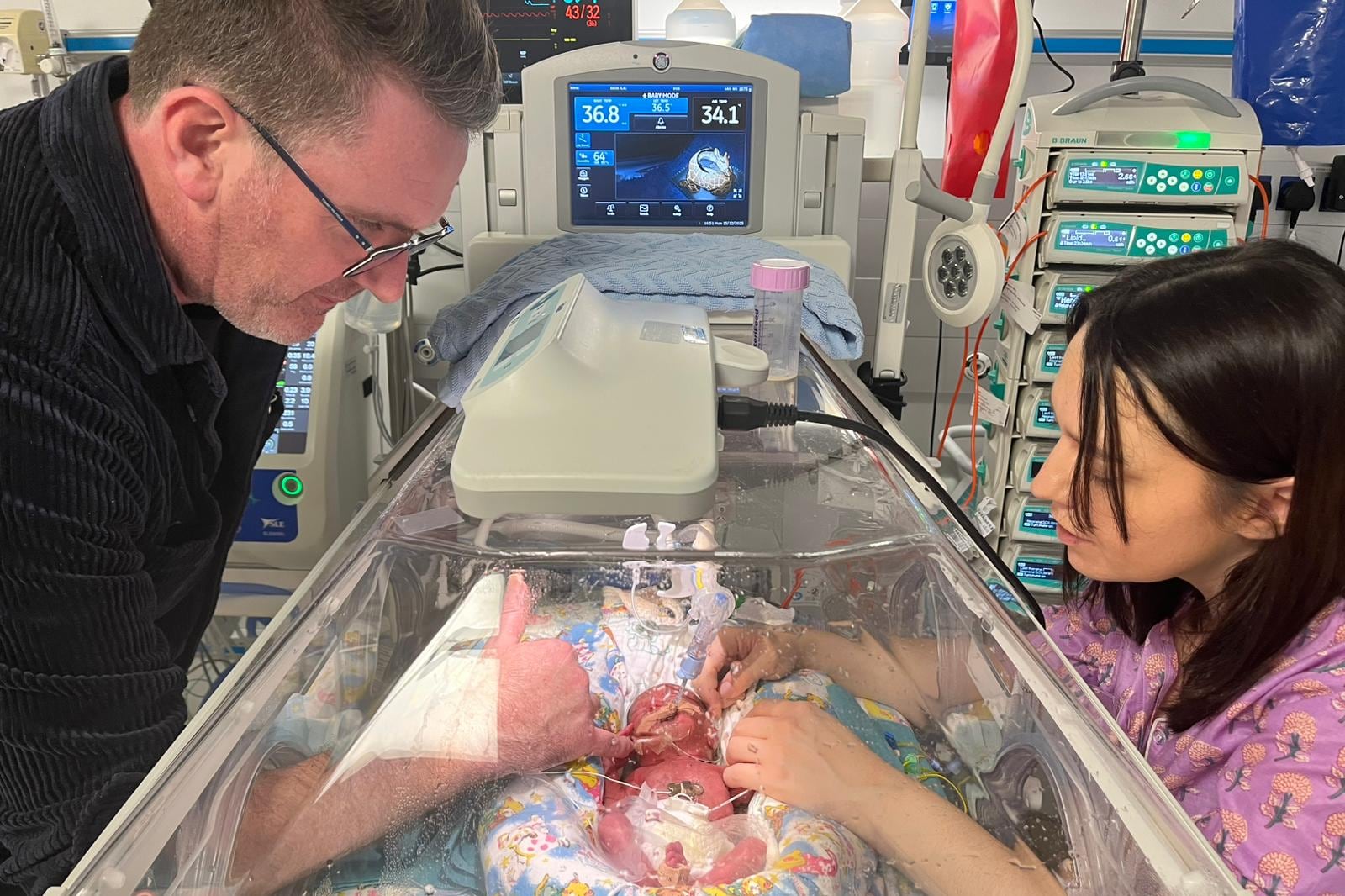The Rotunda Hospital’s annual report for 2022 shows a continuing trend of rising Caesarean section rates.
At 39 per cent, the section rate is significantly higher than the 35 per cent rate for 2016.
Although the report doesn’t mention the “too posh to push” phenomenon, it says that “a small cohort of women opt for elective Caesarean delivery where there is no other medical indication, and this number has not changed significantly in the last few years.”
Maternal choice
However, it notes that with more women having their first baby at an older age, the number of non-medically indicated sections is likely to increase in future. The Rotunda has an ethos of maternal choice and this will always be respected, the report states.
READ MORE
Of the 3,179 Caesarean deliveries performed in the Rotunda last year, 42 per cent were primary Caesarean sections, one that is performed for the first time on a pregnant woman.
As the primary rate increases, it will inevitably contribute to a rise in subsequent sections, as women shy away from a trial of labour in subsequent pregnancies.
The report notes that “the continued decrease in the numbers of women opting for a trial of labour after a prior Caesarean section … is a key driver of the progressively increasing overall Caesarean delivery rates”. This reflects international trends where safety concerns regarding vaginal births are leading many women to opt for elective repeat Caesarean delivery.
Some risks
Overall, the indications for Caesarean delivery at the Rotunda remain similar to previous years: elective repeat Caesarean section is the most common reason, followed by a category labelled “non-reassuring foetal testing” (as the baby is monitored prior to and during labour, abnormal tests may trigger a decision to proceed to an operative delivery).
Repeated Caesarean sections are associated with some risks. The report mentions an increase in the diagnosis of Placenta Accreta Spectrum (Pas). This occurs when the placenta grows into the wall of the womb during pregnancy. The incidence of Pas increases with the number of prior Caesarean deliveries. It poses a significant risk of severe vaginal haemorrhage post-delivery, with a maternal death rate as high as 7 per cent.
Such is the extent of haemorrhage associated with Pas, it can require the removal of the womb (Caesarean hysterectomy) in order to stop the bleeding. In 2022, the Rotunda reported a high number of Caesarean hysterectomies, the majority of which were performed to treat Placenta Accreta Spectrum.
“Continued analysis of all caesarean deliveries takes place at the Rotunda on a weekly basis,” the report states. There is also an ongoing review of trends in Caesarean delivery rates as well as individual reviews of complex cases.












